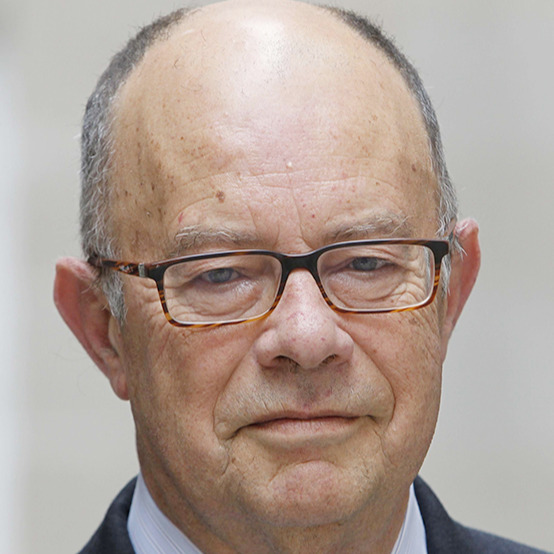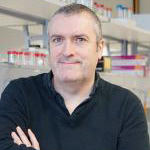Preprint
Article
From Neural Stem Cells (NSC) to Glioblastoma (GBM): A Natural History of GBM Recapitulated in Vitro
This version is not peer-reviewed.
Submitted:
27 August 2020
Posted:
28 August 2020
You are already at the latest version
Abstract
Due to its aggressive and invasive nature glioblastoma (GBM), the most common and aggressive primary brain tumour in adults, remains almost invariably lethal. Significant advances in the last several years have elucidated much of the molecular and genetic complexities of GBM. However, GBM exhibits a vast genetic variation and a wide diversity of phenotypes that has complicated the development of effective therapeutic strategies. This complex pathogenesis makes it necessary the development of experimental models that could be used to further understand the disease, and also to provide a more realistic testing ground for potential therapies. In this report, we describe the process of transformation of primary mouse embryo astrocytes into immortalized cultures with neural stem cell characteristics, that are able to generate of GBM when injected in the brain of C57BL/6 mice, or heterotopic tumours when injected iv. Overall, our results show that oncogenic transformation is a fate for NSC if cultured for long periods in vitro. In addition, since no additional hit is necessary to induce the oncogenic transformation, our model may be used to investigate the pathogenesis of gliomagenesis and to test the effectiveness of different drugs throughout the natural history of GBM.

Keywords:
Subject:
Medicine and Pharmacology - Oncology and Oncogenicssupplementary.zip (223.53KB )
Copyright: This open access article is published under a Creative Commons CC BY 4.0 license, which permit the free download, distribution, and reuse, provided that the author and preprint are cited in any reuse.
Alerts
MDPI Initiatives
Important Links
© 2025 MDPI (Basel, Switzerland) unless otherwise stated







